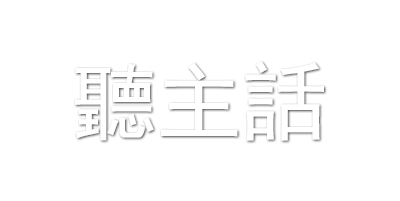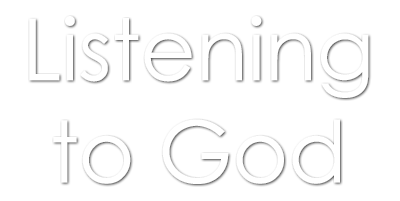Read chapter in full: www.biblegateway.com/passage/?version=ESV&search=John+001
Gospel of John
John closes his book by revealing his purpose in writing Jesus’ story: These are written that you may believe that Jesus is the Messiah, the Son of God, and that by believing you may have life in his name.
John begins his book by echoing words from the Bible’s creation story—In the beginning—showing his readers that this is a story of a new creation. Just as the first creation was completed in seven days, John uses the number seven to structure his book. For the Jews the number seven represented completeness and wholeness, a finished work of God revealing his purpose for the world.
The story is told in two main parts. The first describes Jesus’ public ministry and has seven sections. Each section closes with a report on how people respond to Jesus, either in faith or unbelief. The second part is devoted to the Passover weekend, when Jesus gave his life for the world.
John records seven instances in which Jesus revealed his identity by using the phrase I am, the name by which God had revealed himself earlier. Similarly, John records seven miraculous signs that Jesus performed. John’s narrative mentions twice that the resurrection of Jesus took place on the first day of the week. In this way he confirms that the power of a new creation has broken into our world.
www.bible.com/zh-TW/bible/111/JHN.INTRO1.NIV
John 1 English Standard Version (ESV)
The Word Became Flesh
1 In the beginning was the Word, and the Word was with God, and the Word was God. 2 He was in the beginning with God. 3 All things were made through him, and without him was not any thing made that was made. 4 In him was life, and the life was the light of men. 5 The light shines in the darkness, and the darkness has not overcome it.
6 There was a man sent from God, whose name was John.7 He came as a witness, to bear witness about the light, that all might believe through him. 8 He was not the light, but came to bear witness about the light.
9 The true light, which gives light to everyone, was coming into the world. 10 He was in the world, and the world was made through him, yet the world did not know him. 11 He came to his own, and his own people did not receive him. 12 But to all who did receive him, who believed in his name, he gave the right to become children of God, 13 who were born, not of blood nor of the will of the flesh nor of the will of man, but of God.
14 And the Word became flesh and dwelt among us, and we have seen his glory, glory as of the only Son from the Father, full of grace and truth. 15 (John bore witness about him, and cried out, “This was he of whom I said, ‘He who comes after me ranks before me, because he was before me.’”) 16 For from his fullness we have all received, grace upon grace. 17 For the law was given through Moses; grace and truth came through Jesus Christ. 18 No one has ever seen God; the only God, who is at the Father’s side, he has made him known.
REFLECTION
John opens his Gospel with a hymn of praise to Christ. It is one of the most profound passages in all the Bible written in simple, straightforward language.
Read over this passage a few times slowly. If time allows, read the whole chapter.
John tells us that Jesus, the Word of God, is the one through whom we hear God’s voice. He is the One in whom we meet God and welcome God into our lives. The life Christ offers us shines in our world as a bright light. Like a beacon to a lost traveler, the light shining in Jesus offers all men hope, not only hope for life after death, but hope for a rich and meaningful life here and now.
When it says “and dwelt among us” (v14), how does that make you feel? What would your life be like if God moved to your street or shared the workspace with you? How would the environment of your neighborhood be different if God had moved in? How might your life be different?
Meditate on these words “In Him was life, and that life was the light of men. The light shines in the darkness, but the darkness has not understood it.” (vv4-5)






